An electric dipole formed by two particles fixed at the end of a light rod of length . The mass of each particle is and the charges are and .
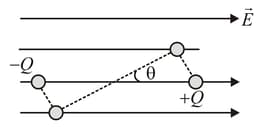
The system is placed in such a way that the dipole axis is parallel to a uniform electric field that exists in the region. The dipole is slightly rotated about its centre and released. Show that for small angular displacement, the motion is angular SHM and evaluate its time period.


Important Questions on Coulomb's Law and Electric Field
A dipole having dipole moment is placed at the axis of a charged ring having charge and radius , at a distance from the centre as shown in the figure. Find the force experienced by the dipole moment placed along the axes of the uniformly charged ring.
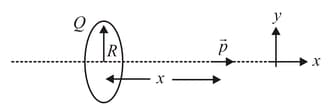
An isolated charge of mass is suspended freely by a thread of length . Another charge is brought near it . When is in equilibrium, tension in thread will be
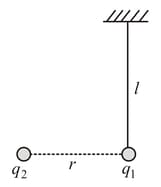
An electroscope is given a positive charge, causing its foil leaves to separate. When an object is brought near the top plate of the electroscope, the foils separate even further. We conclude
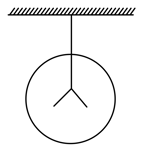
Which of the following four figures correctly show the forces that three charged particles exert on each other?
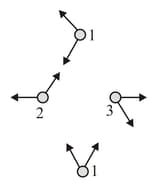

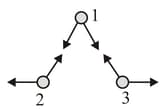

Three charged particles are placed on a straight line as shown in the figure. and are fixed, but can be moved. Under the action of the forces from and , is in equilibrium. What is the relation between and ?

